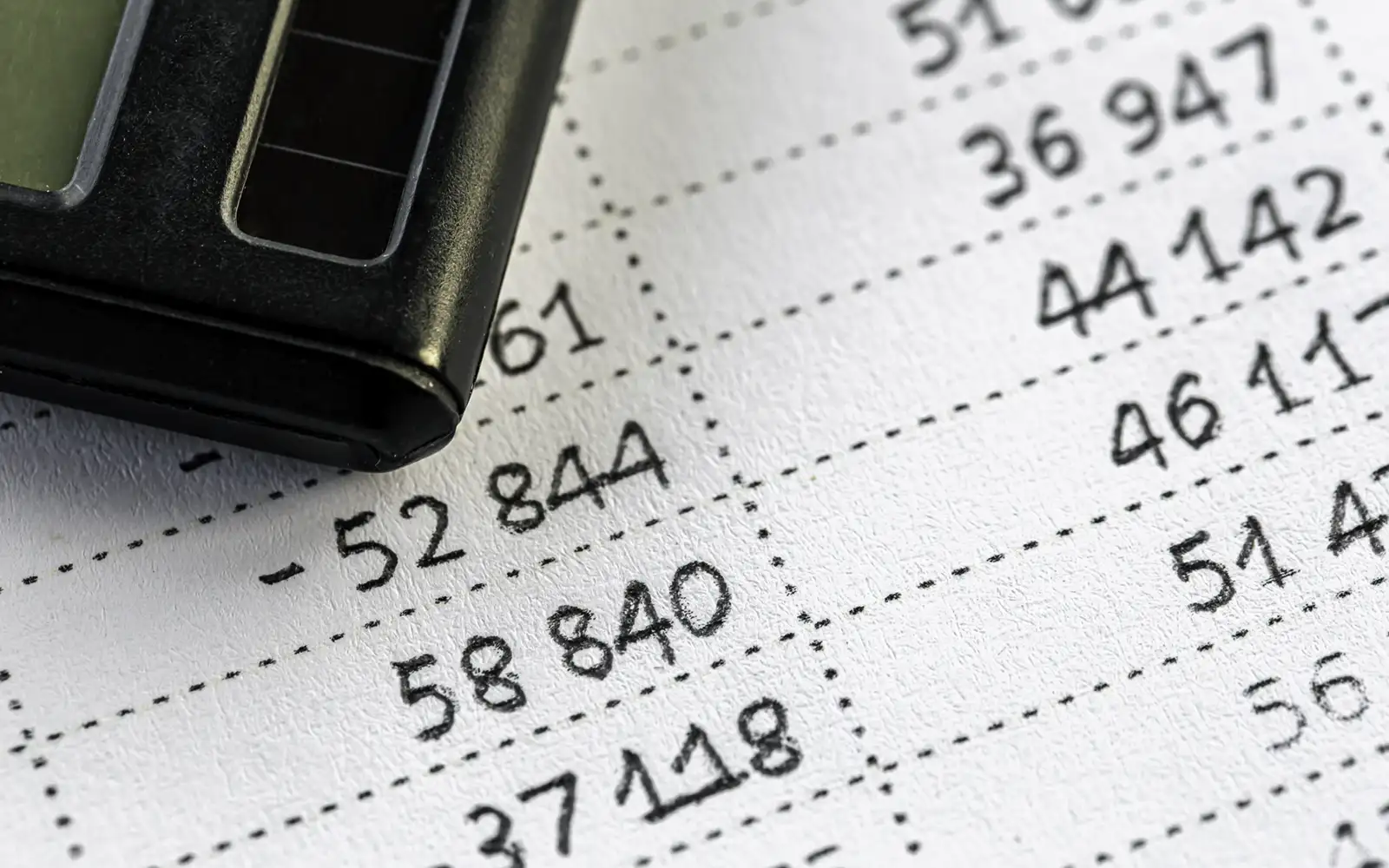By F. Cindy Baire, Member, GAR Associates
Tax rates are calculated by local jurisdictions which determine tax rates. The taxing jurisdiction (school district, municipality, county, special district, villages) develops and adopts a budget. It then determines the amount of revenue collected from all sources (state aid, sales tax revenue, user fees, etc.) other than the property tax.
The property tax rate is the percentage at which your property is taxed. Generally, the property tax rate is expressed as a percentage per $1,000 of assessed value.
The total amount of revenue is subtracted from the budget. The remainder is the amount that must be raised from all property owners within the municipality. This amount is referred to as the tax levy.
To determine the tax rate, the taxing jurisdiction divides the tax levy by the total taxable assessed value of all property in the jurisdiction. Because tax rates are generally expressed as “per $1,000 of taxable assessed value,” the product is multiplied by 1,000:
Tax rate per thousand equals the tax levy plus the total of all taxable assessments in jurisdiction times 1,000.
For example:
If Town A’s tax levy is $2 million and the town’s total taxable assessed value is $40 million with a tax rate equal to $50 per $1,000 of taxable assessed value, the tax bill for the property with a taxable assessment of $150,000 is $7,500.
Source: New York State Department of Taxation and Finance
This is generally accepted information about municipal assessments. Check with your assessor for specific information about your local assessments.





